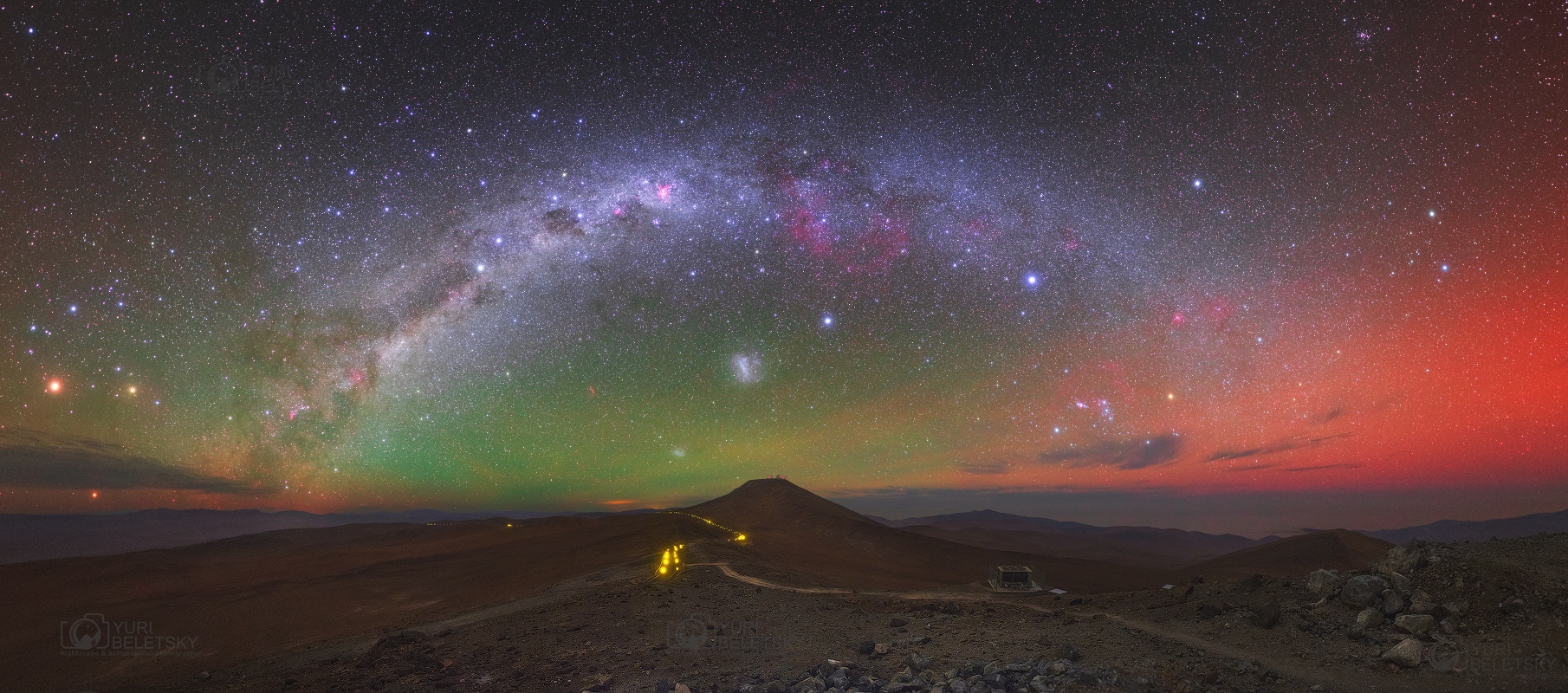

The camera system can reveal details as small as 3 to 5 millimetres across near the rover and two to three metres across in the distant slopes along the horizon. The cameras will also help the mission team determine which rocks the rover should sample and collect for eventual return to Earth in the future. The cameras will help scientists assess the geologic history and atmospheric conditions of Jezero Crater and will assist in identifying rocks and sediment worthy of a closer look by the rover’s other instruments. With this capability, the robotic astrobiologist can provide a detailed examination of both close and distant objects. Mastcam-Z is a dual-camera system equipped with a zoom function, allowing the cameras to zoom in, focus, and take high-definition video, as well as panoramic colour and 3D images of the Martian surface. The images were captured by Mastcam-Z, a zoomable pair of cameras aboard the Perseverance rover which touched down on the Red Planet on February 18.


The panorama was stitched together on Earth from 142 individual images taken on Sol 3, the third Martian day of the mission on February 21. The panorama was stitched together on Earth from 142 individual images taken on Sol 3, the third Martian day of the mission (Feb. The newly released panorama reveals the crater rim and cliff face of an ancient river delta in the distance, NASA said on Wednesday. NASA’s Perseverance Rover Gives High-Definition Panoramic View of Landing Site This is the first 360-degree panorama taken by Mastcam-Z, a zoomable pair of cameras aboard NASA’s Perseverance Mars rover. 'But Webb's first capture of an exoplanet already hints at future possibilities for studying distant worlds, NASA shared in a statement.NASA has released the first high-definition panoramic view of its Mars rover Perseverance’s landing site at Jezero Crater.

NASA said it is a gas giant that is without a rocky surface and therefore could not host life. However, since Webb is soaring through space, it was able to take direct shots of the planet that astronomers can process to remove the starlight and uncover the planet. The alien world was first discovered in 2017 by the European Southern Observatory's Very Large Telescope, in Chile, but the long wavelengths were blocked by Earth's atmosphere. The telescope used its Near-Infrared Camera (NIRCam) and Mid-InfraRed Instrument (MIRI) that can block out surrounding starlight to snap epic images of the exoplanet HIP 65426. The exoplanet known as HIP 65426 is just 15 to 20 million years old, which is much younger to our 4.5-billion-year-old Earth. Just a few days ago, the James Webb captured its first image on an exoplanet located just 385 light-years from Earth, showing incredible details never seen by human eyes. Apollo 11S landing on 20 July 1969 was the day humans first set foot on another world. 'Despite humanity’s thousands of years of stargazing, the star-formation process still holds many mysteries – many of them due to our previous inability to get crisp images of what was happening behind the thick clouds of stellar nurseries,' NASA shared in a statement. The shorter wavelengths of light absorbed or scattered by dust grains in the nebula - and don't reach Webb to be detected - while the longer mid-infrared wavelengths penetrate that dust and reveal details that scientists may not have seen before. In this image, the hot stars fade and the cooler gas and dust seem to glow.Įmbedded within the stellar nursery clouds are protostars that are still gaining mass. The cosmic region takes on a different appearance when viewed in the longer infrared wavelengths detected by Webb’s Mid-Infrared Instrument (MIRI). This panorama is a mosaic of images taken by the Mast Camera (Mastcam) on the NASA Mars rover Curiosity while the rover was working at a site called Rocknest. Star-forming regions in the Milky Way don't have the same chemical composition and are not producing at that same super-fast rate as the Tarantula Nebula.


 0 kommentar(er)
0 kommentar(er)
